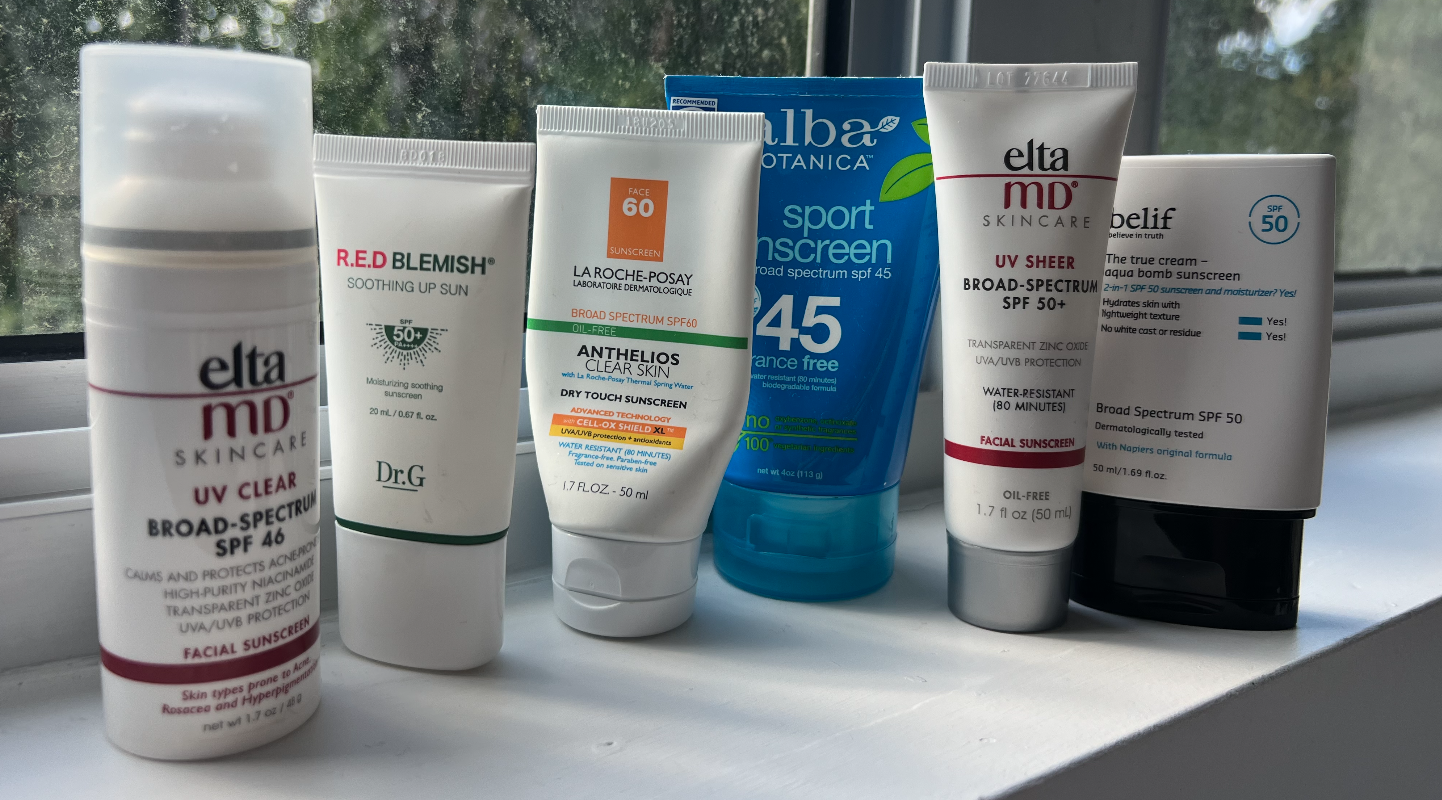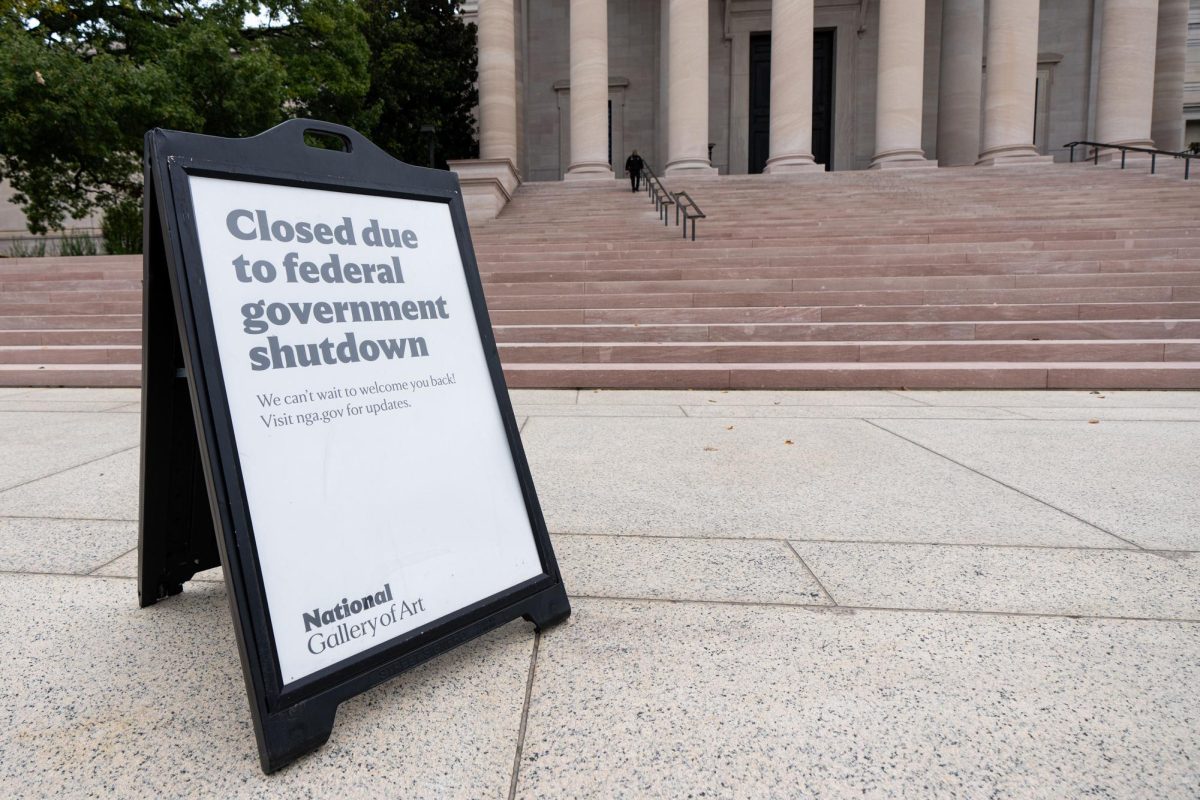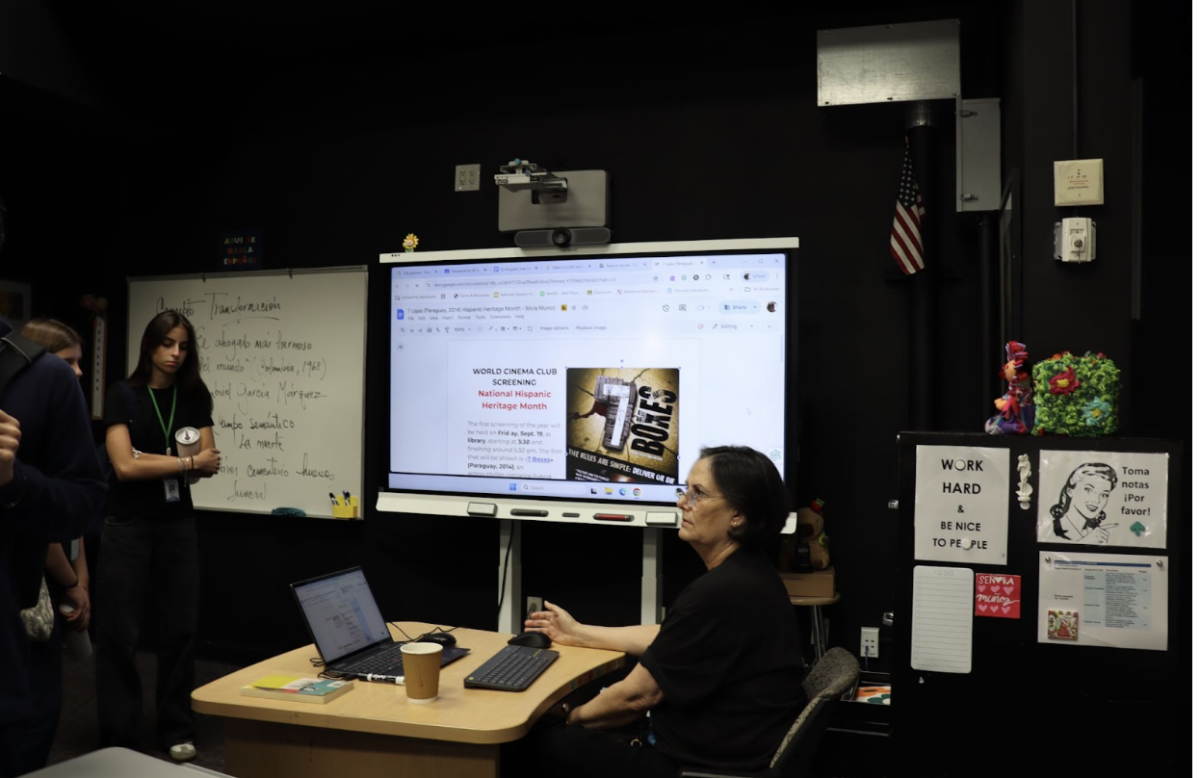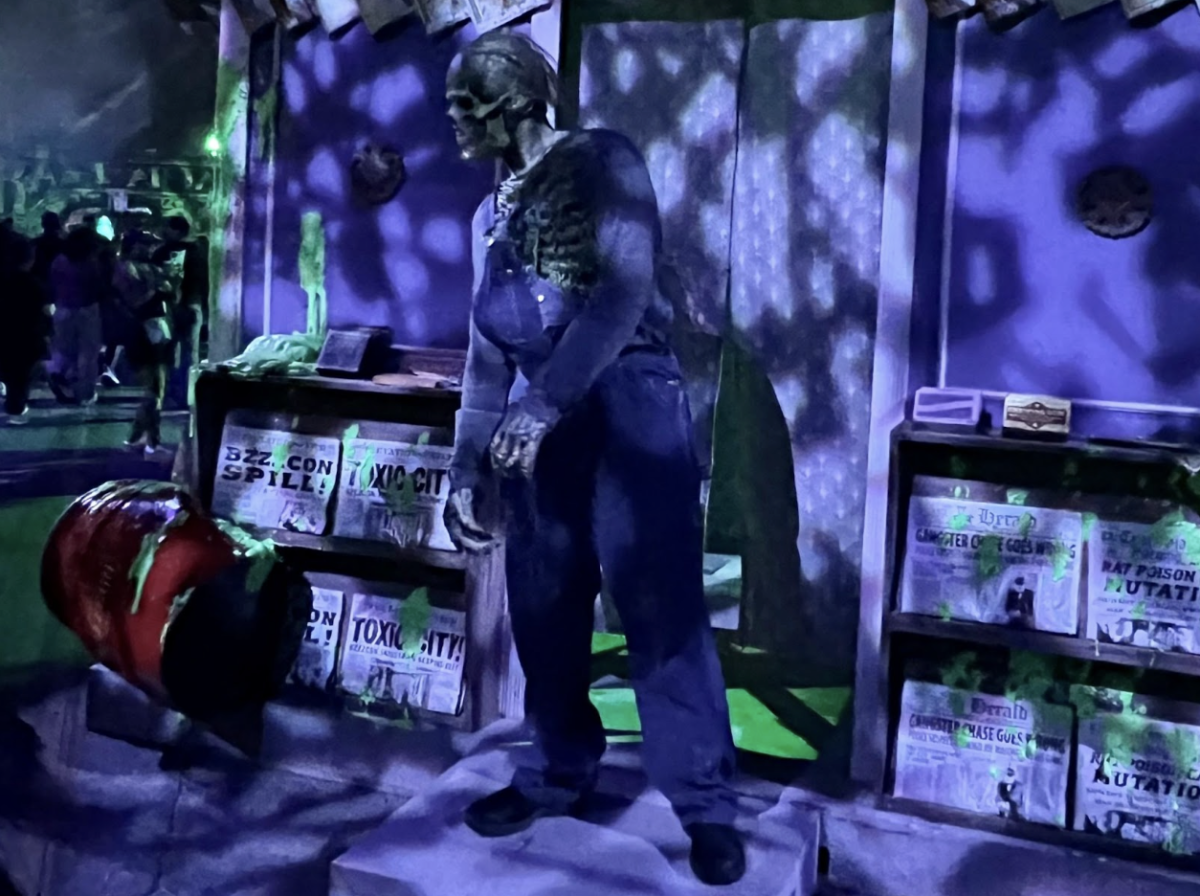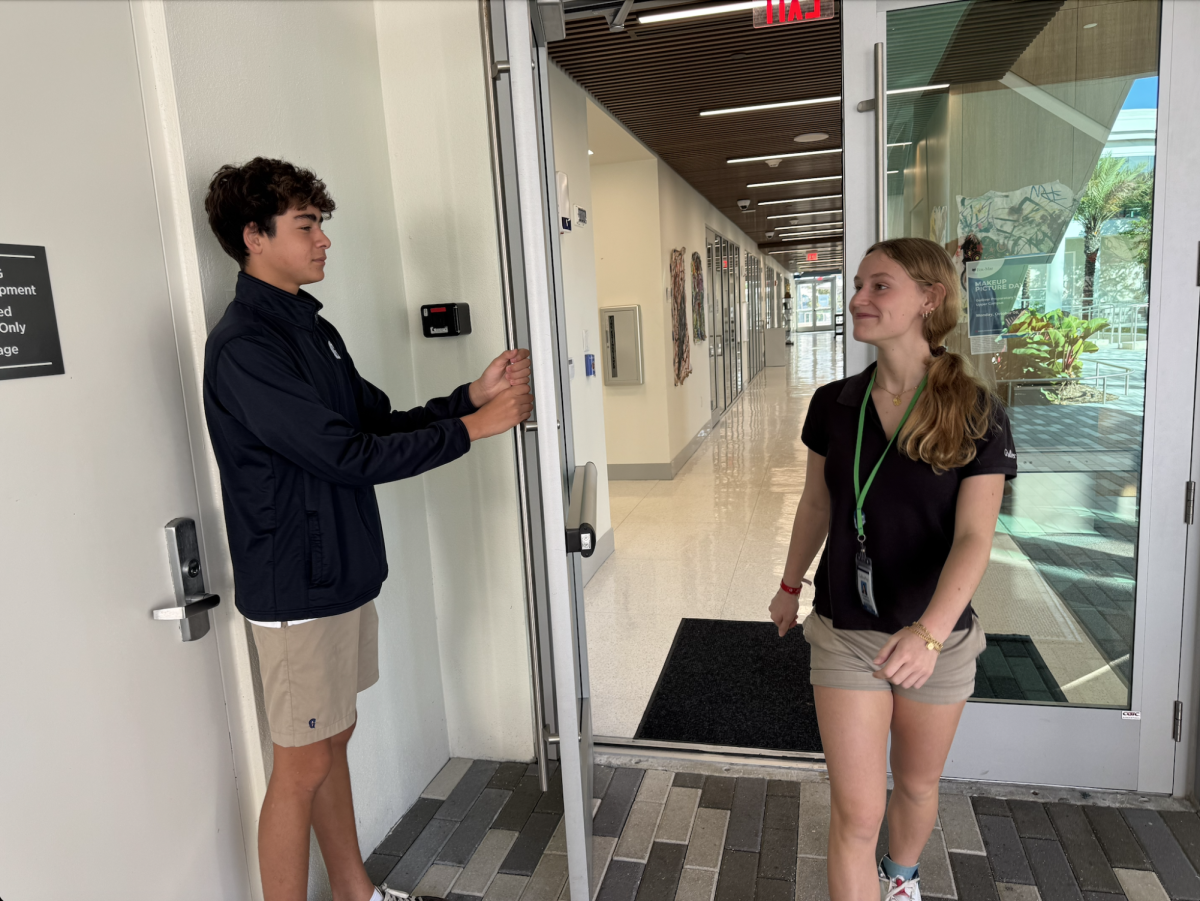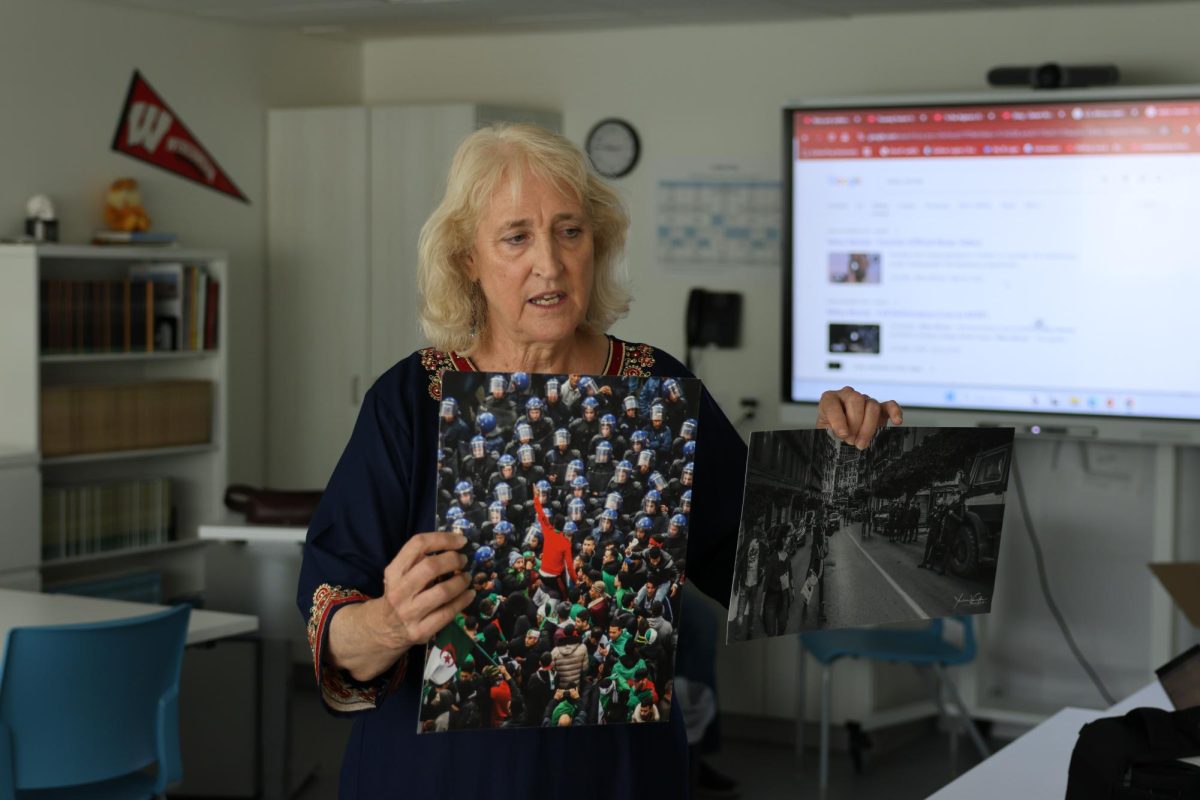With Miami’s year-round sunny climate, people often enjoy spending time outdoors. However, intense UV rays cause more damage than what meets the eye. According to a recent study from the American Academy of Dermatology, over 9,000 people are diagnosed on a daily basis with some type of skin cancer. Fortunately, there are multiple ways to protect yourself from this disease and the damage it can cause.Â
Sunscreen
One of the simplest ways to protect from sun damage is wearing sunscreen. Wearing sunscreen can lower the risk of getting melanoma by 50 percent. Using various SPF levels throughout the day is the most basic and effective way to shield yourself. The skin on one’s face is even more sensitive, and needs to be cared for the same way. Â
“Sunblock also helps to protect the skin from premature aging and wrinkles,” said health teacher Suzanne Landsom. “We tend to take for granted that our skin has a very important role in protecting our muscles, bones and internal organs so taking the time to protect your skin can be vital.”Â
Reapplying sunscreen is also important. Even during the wintertime, the UV index is just as strong and protection is still needed. Avoiding unprotected sun contact from 10am-4pm is a near-guarantee to staying safe.Â
Checking the UV Ray IndexÂ
While wearing sunscreen, checking the UV ray index is also important. The UV rays are changing constantly throughout the day, which means that different levels of protections and caution are needed. Living in Florida, the UV rays are intense since there is year round heat.Â
Avoiding places like tanning beds is also helpful. Tanning beds use UV radiation, which is produced from an artificial source. This type of radiation can cause skin damage and/or cancer if not used in the proper portions. Although people enjoy coming to Miami for the tanning and beaches, there needs to be more caution surrounding how damaging these rays can be.Â
Other Types of Protection
There are also other ways to protect yourself from sun damage than wearing sunscreen and avoiding tanning completely. Monitoring time spent outside, as well as annual check ups with your dermatologist are ways to make sure that your fun in the sun doesn’t end up costing you something greater.Â
“Both my husband and I over the last 5-8 years have had areas of our skin removed after being diagnosed with basal cell carcinoma. Thankfully, we get regular check ups to ensure we catch things early and make sure our skin stays healthy like the rest of our bodies,” Landsom said.
According to the American Academy of Dermatology Association, 1 million people live with melanoma and “one in five will develop cancer in their lifetime.” However, taking these precautions can help prevent skin cancer and sun damage altogether.

